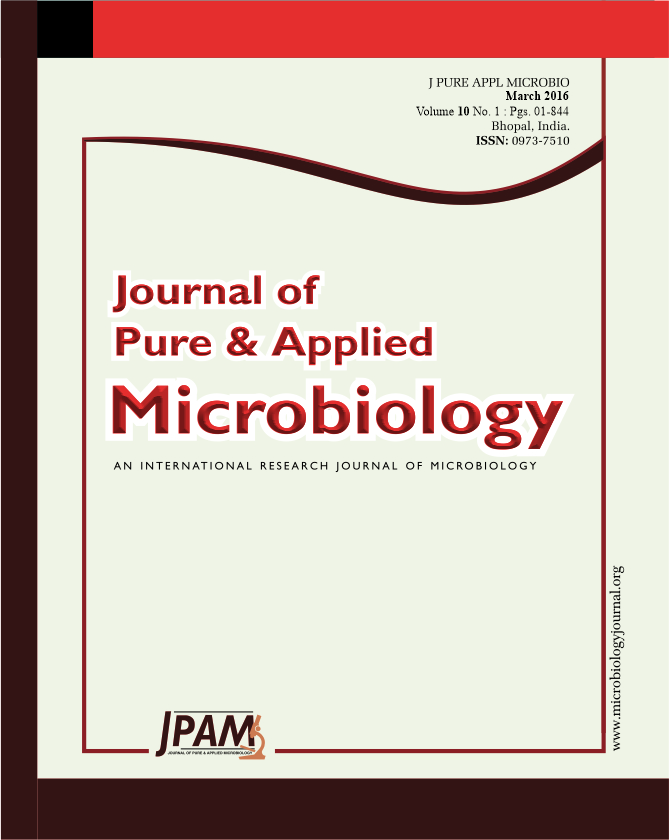Nutrient status plays a sine quo non role in maintaining the fertility of any soil. All the soil and plant indices are directly or indirectly related to it. In this experiment the use of xanthium is taken as key indicator for not just control over the prominent weeds of rice but this reduction of weed intensity thereby increase the nutrient reserves in the soil. In rice, weed control at early stage is imperative for realizing desired level of productivity. Here extraction from cocklebur is taken as a weed management tool to find out the effect of varying rates of Xanthium strumarium extract through different solvents(petroleum ether, methanol and water extract @1000mg L-1,2000mg L-1 and 3000mg L-1 each respectively) on dry weight of weed, nutrient content and removal by rice plant. The experiment was laid out in a randomized complete block design with twelve treatments replicated thrice on variety HUR 3022 including butachlor, pretilachlor and control. The nutrient availability was measured in terms of its content of the varied treatments and its uptake of nutrient in soil and plant at 30, 60 and 90 days after transplanting and at harvest. The application of petroleum ether extract @ 3000 mg L-1 of X. strumarium was found to having higher nutrient status in rice with lower status in weed ultimately controlling the most relative weed of rice i.e. Echinocloa spp. having the nutrient reserves in the soil as well as crop plant.
Xanthium strumarium extract, Petroleum ether, Methanol, Butachlor, Pretilachlor.
© The Author(s) 2016. Open Access. This article is distributed under the terms of the Creative Commons Attribution 4.0 International License which permits unrestricted use, sharing, distribution, and reproduction in any medium, provided you give appropriate credit to the original author(s) and the source, provide a link to the Creative Commons license, and indicate if changes were made.


